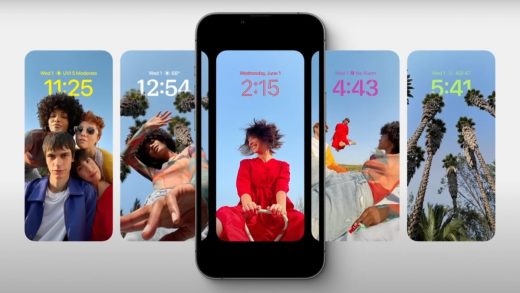
This past spring, as I closed out my 18th year of teaching, I felt anxiety that I’d never before felt at the end of a school year. By the time grades are submitted and signs of summer arrive, teachers are typically able to breathe for the first time in nine months. Instead of the relaxation, joy, and accomplishment that typically awaits the end of an academic year, I was consumed with worry that this might be the last time in a nearly two-decade career that I taught a class without having to worry about AI.
I get it–AI has technically been around forever, and natural language processing tools such as OpenAI’s ChatGPT are built on decades of research. Anyone who has used spellcheck or language translation apps or heard a spoken text message has used language processing tools driven by AI technology. But many of the teachers with whom I’m acquainted haven’t been too concerned about the extent to which AI might infiltrate our classrooms until now.
Most teachers keep up with technology to a reasonable extent and do our best to teach our students how to use it responsibly. Many view technology as a teaching asset, and I’ve long believed that students are more engaged when their lessons make ample use of it.
However, as the old Latin saying goes, all things change, and we change with them. No one knows this reality better than teachers. When ChatGPT exploded onto the mainstream last November, we could not have anticipated how our work might be impacted.
As it turned out, ChatGPT was the fasting-growing consumer application in history, reaching 100 million active users a mere two months after launch, according to a report by Reuters. For context, it took TikTok nine months and Instagram two years to achieve the same milestone, according to data from Sensor Tower, a digital data analysis firm.
Suddenly, doing my best didn’t seem good enough. By the time the next academic year kicks into high gear, I will need knowledge about AI that didn’t seem at all urgent or even necessary one year ago. I’ll spend a good part of this summer learning as much as I can about how AI affects education, students, and classroom spaces. Perhaps most important, I’ll need to get smarter about how to ethically incorporate AI into my teaching. With these goals in mind, I began a quest for resources in the spirit of getting familiar with AI. After all, the best defense is a good offense. Here are some of the things I learned.
Ethics and AI In Education
Concerns about whether computers and robots will replace human beings in any profession are as old as the day is long, and there is real apprehension that AI will increase income disparity across many jobs and professions—especially teachers. These issues are legitimate (and frightening) and need to be addressed. But depending on who you ask, AI either is or isn’t likely to replace teachers in the near future.
Bill Gates famously remarked that AI is on the brink of being just as good as teachers at the work of teaching (and for some, implying that we’re soon to be replaced), but he would say that. Gates has invested billions into his own ideas about how education should be and likely wants to see a return on his investment–an issue that raises questions of ethics in its own right.


